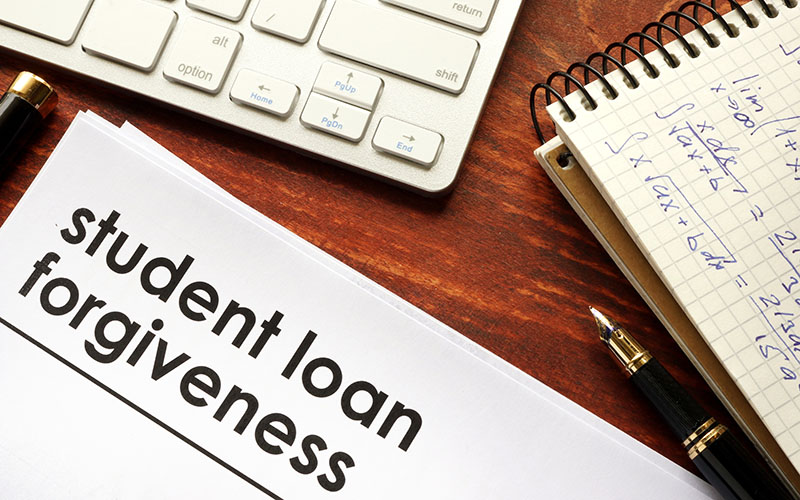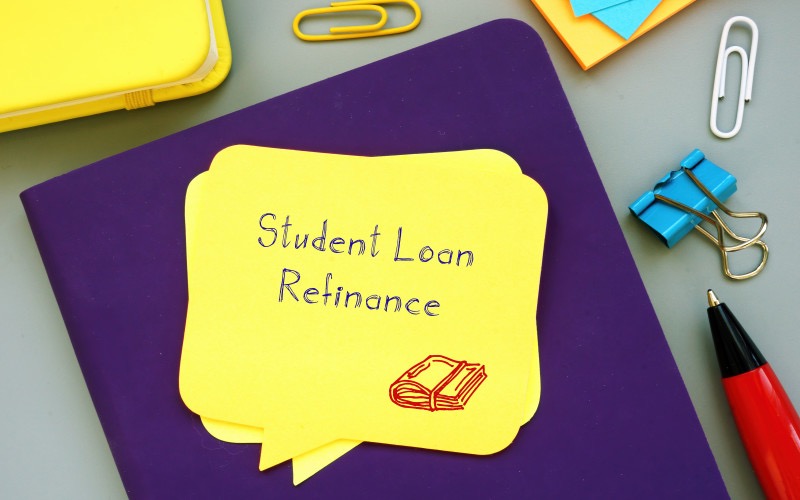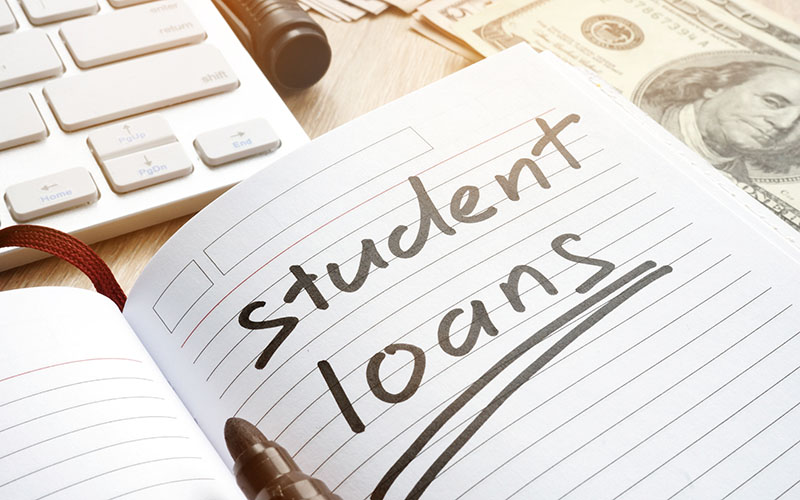Navigating Student Loan Forgiveness and Debt Relief Options
Key Takeaways
- Student loan forgiveness can cancel part or all of federal student loans, based on strict eligibility requirements
- Programs are available for teachers, nurses, military members, public servants, and nonprofit workers
- Volunteers (e.g., AmeriCorps, National Guard) may qualify for limited forgiveness
- Refinancing is a strong alternative for those who don’t qualify for forgiveness, helping reduce interest rates and monthly payments
- Watch out for taxable forgiveness amounts and scams, and always verify program legitimacy through official federal resources
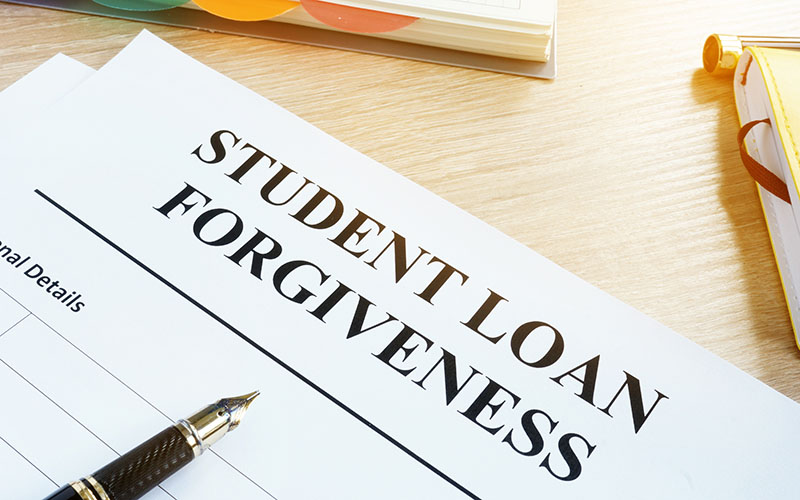
Student loan debt is a common phenomenon in American culture. Recent data shows that over 44 million American citizens have some form of college debt. Student loans occur in many forms, from federal to private, and interest rates often have a wide range. Due to the financial burden of repayment, more Americans are exploring student loan forgiveness options.
Below, we break down student loan forgiveness, reputable programs, different types of forgiveness based on profession and income level, and other options, like refinancing, that can ease your financial stress.

Student Loan Forgiveness Defined
In the United States, student loans are available for both college students and their parents. Disbursement depends on specific financial criteria. In the graduating class of 2019, up to 69% of students took out some form of student loan.
Federal student loans differ from grants and scholarships, and eligibility is often determined through a student’s FAFSA. The application for federal aid collects important information about a family’s financial standing and income status.
Many students feel the financial weight and pressure of paying back student loans. This stress applies to whether students are in school and especially after graduation. If you fall into that category, you may be wondering–what is student loan forgiveness?
According to the official United States government website, student loan forgiveness is “cancellation, or discharge of your loan.” Loan forgiveness can take place either fully or partially, meaning that a set amount is forgiven based on strict requirements.
When the federal government forgives all or part of your student loan, this removes the burden of future repayment. It’s important to note that most loan forgiveness applies to federal programs specifically. Scenarios will likely be much different if you’ve taken out several private loans, which often have steeper terms and high interest rates.

What are Student Loan Forgiveness Programs?
There are many different types of student loan forgiveness programs available. These are often based on a person’s unique background, job status, or field of employment. Additionally, qualifications are notably different for each program.
Below, we’ll share more about the types of student loan forgiveness based on an individual’s profession. It’s important to note that there are also several loan forgiveness options for different types of volunteers.
- AmeriCorps state and national programs – Student loans may be forgiven up to $6,195 for qualified individuals via the Segal AmeriCorps Education Award.
- Army National Guard – This program can help qualifying students earn up to $50,000 to put towards different types of federal loans.
If your specific situation doesn’t qualify for total loan forgiveness, you may be eligible for an refinancing option. Refinancing is ideal for individuals looking to consolidate their debt and to secure a lower interest rate. Reputable refinancing companies include:
- Earnest - customized payment plans and convenient rate estimates
- Laurel Road - low-fee, no-credit process for quick and easy refinancing
- CommonBond - award-winning student loan refinancing with a philanthropic focus
- Credible - easy source for refinancing comparison, savings, and more
- Figure - variable interest rates that start as low as 1.92%
- College Ave - refinancing for all types of loans to reduce monthly payments
- LendKey - customizable lease terms, lengths, and repayment options
Types of Student Loan Forgiveness
Student loan forgiveness programs can be very dependent upon a qualifying applicant’s job or profession. Many types of loan forgiveness are offered exclusively through the federal government. These programs are incentives to different types of public servants, and may encourage individuals to go into a given field following graduation.
Loan forgiveness for teachers
If you work as a teacher, there are several important benefits you should be aware of under the Teacher Loan Forgiveness Program. According to the U.S. Department of Education, loan forgiveness for teachers is dependent upon and includes:
- Working full-time for five consecutive years
- Working in a low-income school or educational agency
- Forgiveness of up to $17,500 eligible subsidized and unsubsidized loans
Many considerations are given for teachers, including partial loan forgiveness. It’s important for educators to understand the eligibility and application processes. More information is available through the federal student aid website.
Loan forgiveness for nurses
Loan forgiveness is also available if you serve as a nursing or medical professional. Notable programs for nurses include:
- Nurse Corps Loan Repayment Program
- Public Service Loan Forgiveness Program (PSLF)
- National Health Service Corps
Statewide programs also vary around the country. These are designed to offer nursing practitioners financial options, particularly if they work in underserved populations. Certain loan benefits may also be available to medical providers in public health or roles within the United States military.
Loan forgiveness for public servants
Public service loan forgiveness is available to employees in government or not-for-profit organizations. This type of loan forgiveness also includes volunteering with AmeriCorps or the Peace Corps. There are many requirements for this type of loan forgiveness, including up to ten years of employment and proven loan repayment history.
Loan forgiveness for disabled veterans
Through the Department of Education, service members who are totally and permanently disabled are eligible for loan forgiveness. This process requires a TPD discharge application and other necessary documentation from the United States military.
Loan forgiveness for nonprofit workers
Eligible nonprofit workers applying for loan forgiveness often roll up under the previously mentioned Public Service Loan Forgiveness (PSLF) option. Eligibility kicks in after 120 consecutive payments have been made on existing student loans. Borrowers who wish to pursue this option should keep up with the annual employment certification that is required.
Loan forgiveness for active military members
The Servicemembers Civil Relief Act (SCRA) reduces the interest rates on existing loans for active military personnel. In turn, this relieves student loan burden for those enlisting in the United States armed forces. Loan relief programs vary based on branch of the military, with specific programs for Army, Navy, Air Force, and Coast Guard members.
Requirements and Eligibility
Before you apply for student loan forgiveness, it’s important to know whether you qualify. Certain programs are easy to distinguish, given that they are career-specific. Other requirements are more general and apply to a large number of applicants. Some eligibility requirements include:
- Length of time in a given profession (such as loan forgiveness for teachers)
- The type of degree or state certification and licensure received
- Disability or permanent handicap (as in the case of disabled veterans)
- Bankruptcy and financial hardship
- Education received from a closed college or university
- Employment as a healthcare worker, first responder, or law enforcement officer
There are many caveats and conditions for student loan forgiveness. As such, you should always research your personal occupation and state of residence to see which programs may apply.
Where to Find Student Loan Forgiveness Programs
Although the process for securing loan forgiveness can feel overwhelming, the good news is that there are many resources available. If you’re not in a public service profession that offers federal benefits, the easiest way to find loan forgiveness programs is to search by state.
As you start to explore relevant programs, be aware of a few overlooked considerations.
- Some loan forgiveness is taxable. Keep in mind that forgiven or cancelled debt is often considered taxable income by the IRS. While this may not deter you from seeking loan forgiveness, it’s something to consider. If you maintain a low income or fall below a certain tax bracket in a given year, this could have an impact on your tax returns.
- Some loan forgiveness options are scams. Use your best judgement when it comes to applying to a loan forgiveness program. Always safeguard your personal information, especially your Social Security Number (SSN). Be sure to stay away from debt consolidation companies that have little to no reputation.
Getting Started
The easiest way to get started on your loan forgiveness process is to call 1-800-4-FED-AID. The federal Student Aid Help Center is the best place for occupation-specific questions about eligibility and loan terms. You can also learn more within your specific field of employment through resources like the National Educational Association.
The application process
While the application process may vary based upon your unique financial and employment status, many borrowers are required to submit the Public Service Loan Forgiveness Employment Certification Form. This form is required annually and is used to track loan repayment history.
Statewide programs may carry their own application process, including employment and income verification. No matter which type of program you select, be ready to provide accurate information. You may need to explain or prove your degree, current job, loan payment history, and current income.
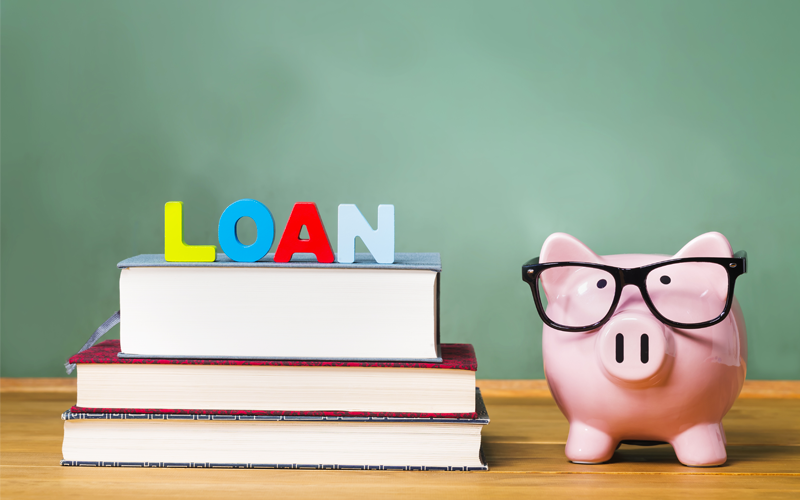
Always Explore Your Options
Are you ready to relieve some of your student loan burden and discover options that work for your unique situation? You can get a head start by figuring out why you might need a change to your student loan status in the first place.
Not everyone will qualify for full or partial student loan forgiveness. Fortunately, many are able to secure life-changing refinancing options. Start your refinancing journey today by taking a look at the best refinancing companies of 2020.
How do you get student loans forgiven?
To get your student loans forgiven, you need to qualify for and apply for a participating student loan forgiveness program. Each program has its own unique requirements. For more information, please see the “Getting Started” section above.
Are student loans forgiven after 20 years?
The US government offers a variety of student loan forgiveness programs in exchange for students and graduates participating in qualifying service. At the same time, some income-driven plans forgive whatever remaining loans you have after 20 years of on-time repayment.
What happens if you never pay your student loans?
If you don't make any payment on your student loans, your loan goes into delinquency status. Further, the financial institution that owns your loan and the federal government can all take action against you to collect the money you owe on your student loans.
Can you go to jail for not paying your student loan payments?
Technically, no, but defaulting on your student loan debt could result in you being arrested if you refuse to pay. We highly recommend making at least your minimum payment or looking into forgiveness/refinancing options.
What is the best student loan forgiveness program?
The answer to this question depends on your unique situation. We recommend looking to a wide variety of programs based on your area of employment, income, loan type, and credit history. Then, read reviews of these programs to find a reliable solution for you.
Edited by:
Bryan Huynh
•
Product Tester & Writer

